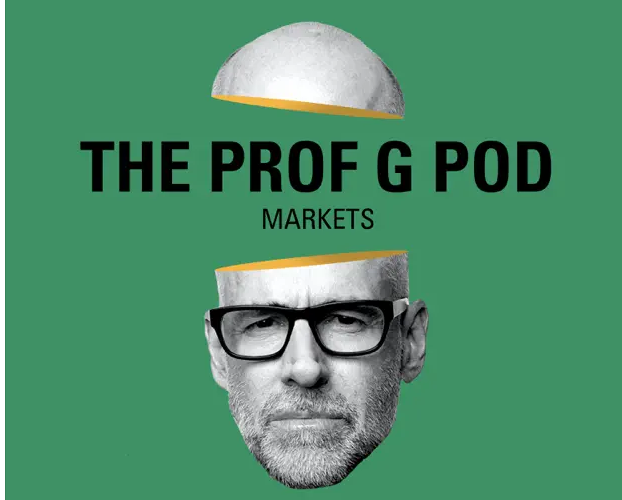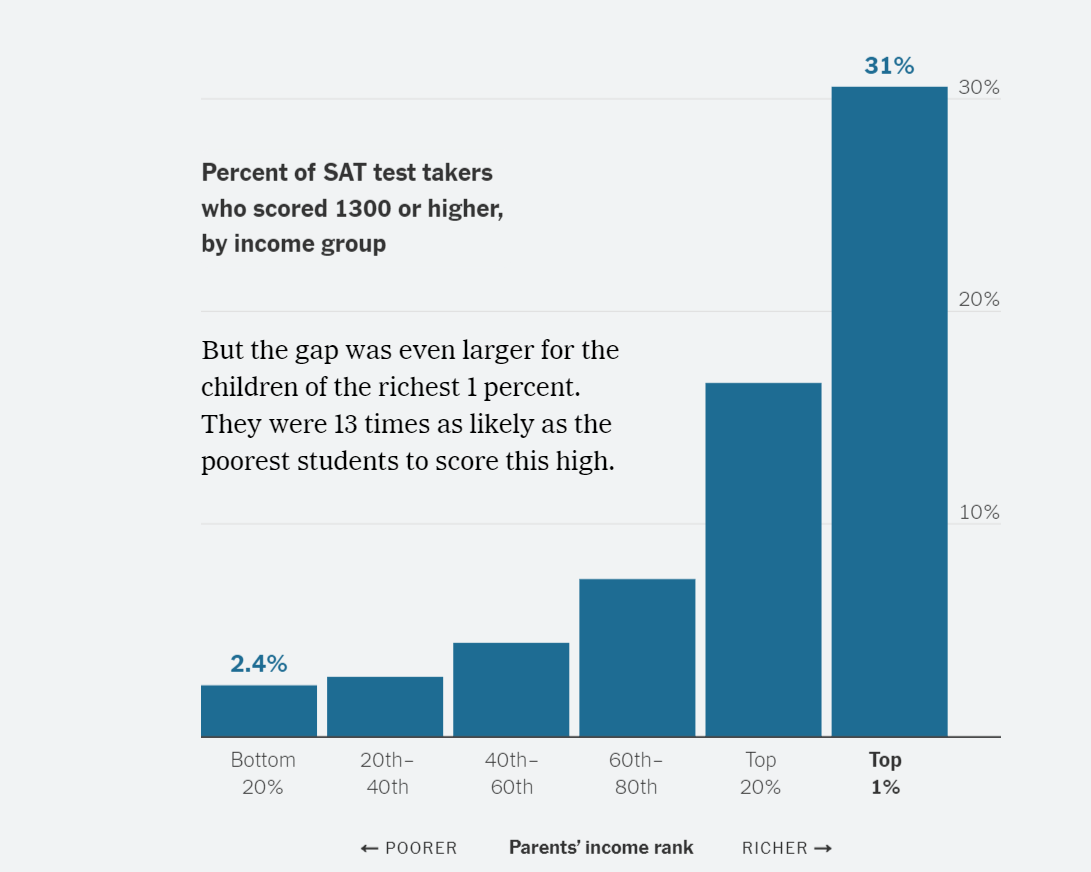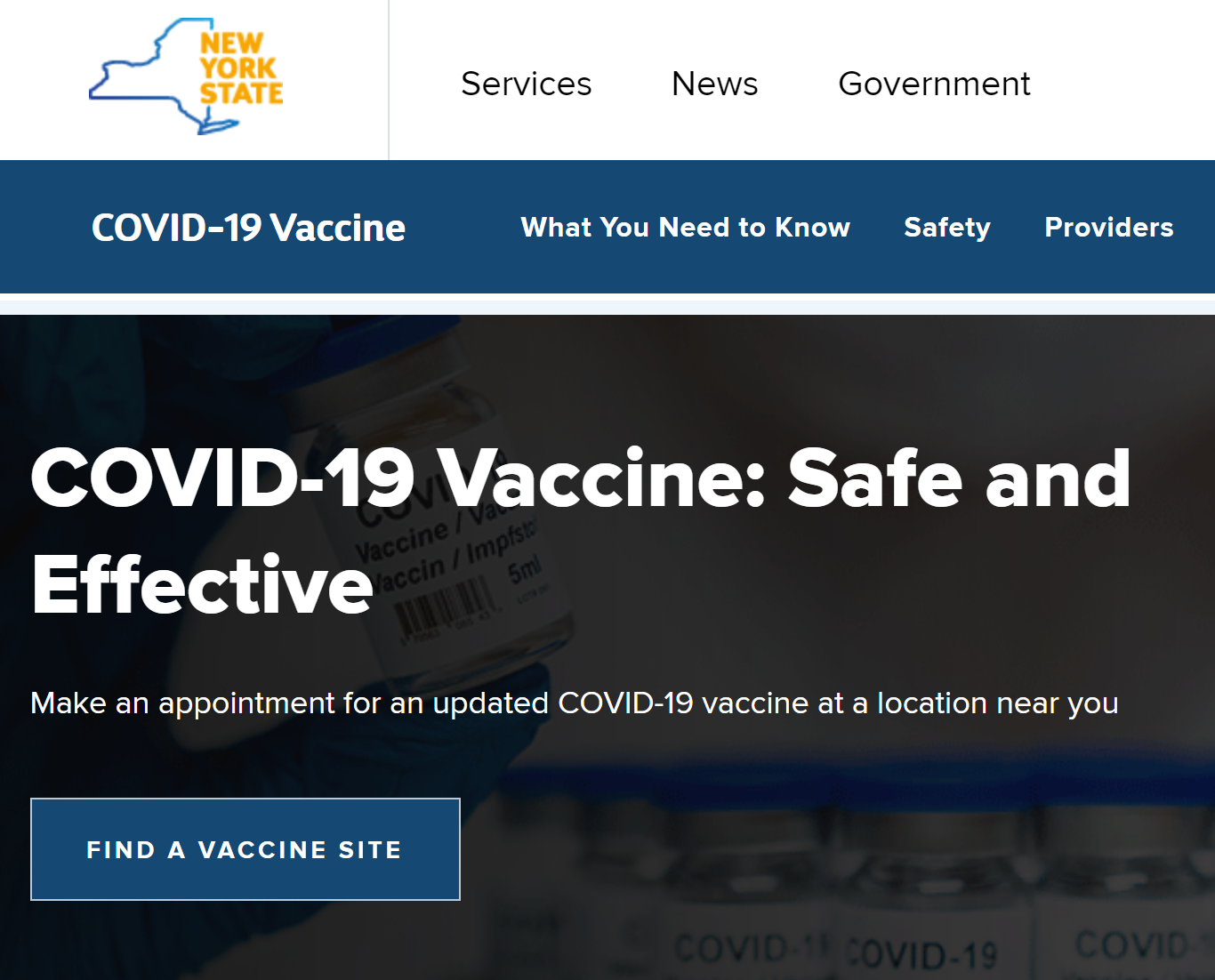Missing Communications Prep in University Testimony
/If students need an example of the value of crisis communication, the university presidents’ testimony this past week proves the point. An embarrassment to all three colleges, Harvard, University of Pennsylvania, and MIT, the public hearing ended with apologies from two of the leaders and the resignation of Penn’s.
A New York Times article describes how a law firm prepared both the Harvard and Penn presidents. As business communication faculty know, legal advice protects the organization from litigation. But crisis communication advice protects the organization’s, and the leader’s, reputation.
To a PR expert, the lack of proper preparation, including practicing answering a range of difficult questions, is clear. NY Representative Elise Stefanik asked the most pointed question: “Does calling for the genocide of Jews violate Harvard’s rules of bullying and harassment? Yes or No?“ Presidents focused on speech vs. conduct and said it “depended on the context.” Harvard President Claudine Gay gave vague answers about Harvard’s “commitment to free expression” and “rights to privacy.” Stefanik and other lawmakers accused Gay of not speaking with “moral clarity.”
To me, the character dimension most at issue is integrity—the universities’ commitment to DEI and free speech, yet what some see as an inconsistent application. All three presidents issued statements after the hearings:
Harvard: President Gay issued a short statement, contradicting her response to Stefanik’s question: "There are some who have confused a right to free expression with the idea that Harvard will condone calls for violence against Jewish students. Let me be clear: Calls for violence or genocide against the Jewish community, or any religious or ethnic group are vile, they have no place at Harvard, and those who threaten our Jewish students will be held to account.” In an interview with the Harvard Crimson, she apologized and demonstrated compassion, “I am sorry,” “Words matter,” and “When words amplify distress and pain, I don’t know how you could feel anything but regret.”
MIT: In a statement, President Kornbluth linked to her opening statement and wrote generally about community and fighting against hate. She didn’t directly address the hearings or her responses to questions.
Penn: Demonstrating humility in a video message, President Magill admitted that she should have responded differently: “In that moment, I was focused on our University’s longstanding policies aligned with the U.S. Constitution, which say that speech alone is not punishable. I was not focused on, but I should have been, the irrefutable fact that a call for genocide of Jewish people is a call for some of the most terrible violence human beings can perpetrate. It's evil—plain and simple.”
Magill has since resigned from Penn along with the Board chair. Alumni pressure at Penn was particularly strong even before the hearings. Hedge fund manager Bill Ackman, possibly the loudest voice, is calling for the other presidents to resign as well. A Harvard graduate, Ackman wrote an additional letter to his alma mater, a good example of persuasive communication if you’re prepared to manage fallout from a heated class discussion.

















